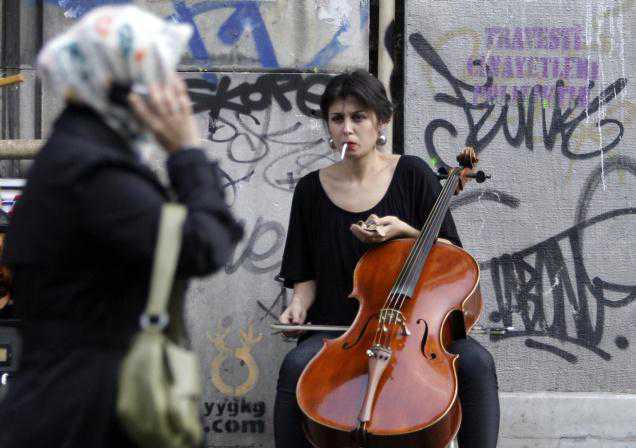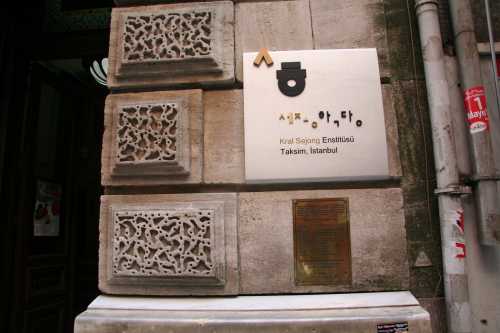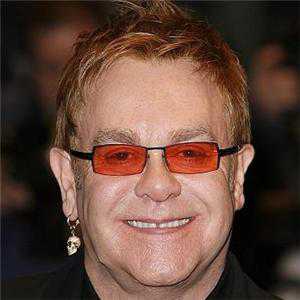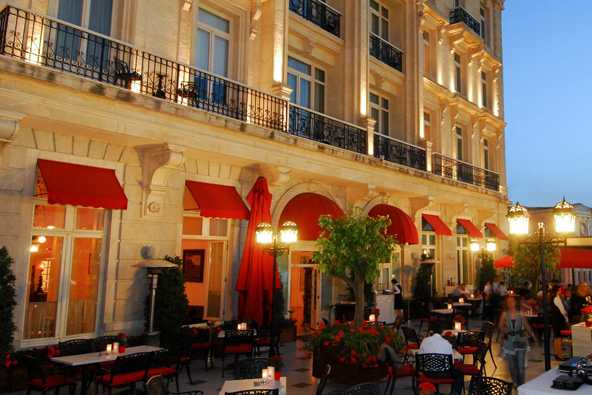Tomorrow at Les Arts Decoratifs in Paris, the largest retrospective of his work to date opens to the public. Pieces hitherto unseen away from the catwalk include the remote control dress from Before Minus Now (spring/summer 2000) and looks from Between (spring/summer 1998), which took as its starting point different aspects of worship, encompassing everything from convent girl to covered Muslim.
To coincide with this a new monograph will be published, which is unusually personal and compiled by the designer himself. Chalayan has painstakingly edited down his drawings from many thousands kept in binders in his studio. They provide an intriguing way into his process. No less revealing are family photographs. He has always stressed the importance of his background, and his ancestry in particular. And so there’s an engagement photograph of his mother and father; his aunt, cousins and grandmother all also have their moment in the sun. Chalayan’s own portraits follow his life path: as a child growing up in his bedroom in Cyprus; as a young man bearing an uncanny resemblance to a 1950s pin-up; while studying fashion at Central Saint Martins in London, from where he graduated in 1993, and rocking an equally retro look; and later, in his signature sweater and jeans but with rather less hair, as an established designer, back in his homeland again.
Here, too, are Chalayan’s art works. He is very much a pluralist – when he was at Saint Martin’s it was a more integrated place and the crossover between art and fashion especially was hugely productive. The critic Andrew Graham Dixon once said that Chalayan’s work was “as close to contemporary art as you can get”.
As well as running his own fashion business, the designer creates installations, sculpture and film, which he sells to collectors around the world.
Then, of course, there are the clothes, from carefully chosen fashion editorials – gathered from publications including The New Yorker (Richard Avedon), American Vogue (Mario Testino), V Magazine (Inez van Lamsweerde and Vinoodh Matadin), Dazed & Confused (Sofia Coppola) and more – to catwalk imagery. It is well known that Chalayan’s runway presentations have about as much in common with anything straightforward or conventional as chalk does with cheese. Consider One Hundred And Eleven (spring/summer 2007), with mechanical dresses that travelled through decades of fashion history in front of the audience’s very eyes, or Panoramic (autumn/winter 1998) that took as its starting point nothing more obvious than Ludwig Wittgenstein’s Tractatus and, through mirrors and clothing that fused ethnic detailing with uniform, the limits of language and thought.
Given that Chalayan’s shows – and indeed his ideas more generally – are ambitious to say the very least, it is perhaps not surprising that the fact that he also makes beautiful clothes has at times been overlooked – and even upstaged. For Readings (spring/summer 2008), bodices were embedded with radiating Swarowski crystals (the company has long supported Chalayan and is a title sponsor of the Paris exhibition). In Ventriloquy (spring/summer 2001), clothing made out of sugar glass was duly smashed to pieces centre stage. Most famous of all is the table skirt from Afterwords (autumn/winter 2000). It’s small wonder, given their spectacular nature, that such show pieces have received more attention than even the designer himself might wish for. “The number of times I’ve seen that table skirt,” he once said of the latter. “I mean, I love that piece, but it’s only the tiniest part of what we’ve done. People think that creativity and commerce don’t go together in my brand, but that’s a misconception because we have always – always – made clothes that you can wear.”
More pictures – of striped wide-legged palazzo pants, say, in Dolce Far Niente (spring/summer 2010) later worn by Lady Gaga on uncharacteristically soignée form, and a floral print dress from Sakoku (spring/summer 2010) are testimony, if ever any were needed, that Chalayan is a rare talent where this, too, is concerned.
Of course, Chalayan is no stranger to the gallery setting – he had shows at both the Lisson Gallery and Spring Studios in London only last year. The Paris exhibition, meanwhile, started life in 2009 at the Design Museum in the British capital and has since travelled to Tokyo and Istanbul, adapting to its setting in each instance. Sitting in a café not far from his Shoreditch studio 10 days before the opening, he says it is unprecedented, primarily due to its focus on clothes. This, after all, is specifically a fashion museum and work will be displayed in a more traditional way and predominantly in vitrines for the first time. “It’s good for me to become part of that fashion institution discourse,” says Chalayan, before going on to point out also: “The show’s open in Paris all summer – a lot of people are going to see it.”
And that is nothing if not timely. Earlier this year, the designer changed the name of his label simply to Chalayan, dropping his first name, he argues, because it facilitates recognition in a heavily branded world and because:”I like the way it looks”.
As well as the main line there will be Chalayan Grey, a collection of more accessibly priced designs aimed at a younger audience, and Chalayan Red, which will only be available in Japan.
As befits a designer with his eye on more clearly commercial concerns, meanwhile, Chalayan’s first fragrance, Airborne – he came up with the concept and the packaging, Comme des Garcons with the juice – is also set to launch. Packaged in a bottle that is engraved with a vintage Hussein Chalayan print of the Nicosia shore and skyline (the same appears in colour on the inside of the box), even this exemplifies the unusually autobiographical and narrative touch that characterises so much of his output.
“Because of my family life when I was a child, I moved around and readapted to new scenarios, and smell marked a big part of these shifts in environment,” states the designer, whose parents separated when he was still young and who moved between London with his father and Cyprus with his mother from there on in.
“After selecting different elements such as neroli, lemon and lentiscus from Cyprus, I proposed an imaginary scenario as to how these ingredients could incur change during and after an air journey from Mediterranean Cyprus to a London urban setting.”
As for the name? Chalayan’s continued interest in flight has its roots here, too. “I spent so much time on planes as a child.”
Hussein Chalayan: Fashion Narratives is at Les Arts Decoratifs, Paris, July 7 to November 21, www.lesartsdecroatifs.fr; Hussein Chalayan, by Hussein Chalayan, with contributions by Judith Clark, Susannah Frankel, Pamela Golbin, Emily King, Rebecca Lowthorpe and Sarah Mower is published by Rizzoli; Hussein Chalayan, Airborne, launches at London’s Dover Street Market later this month.






